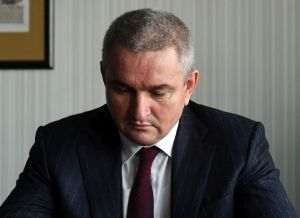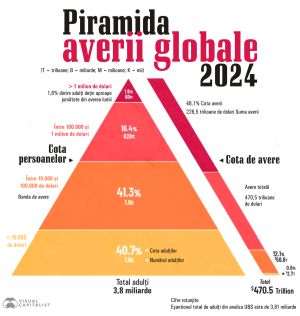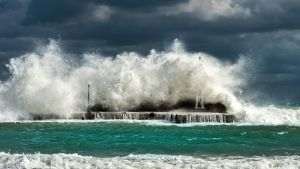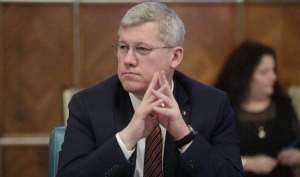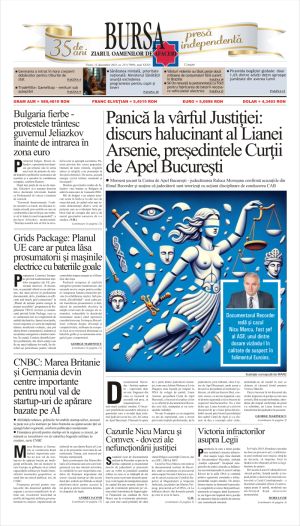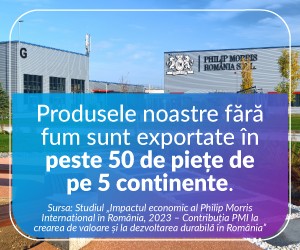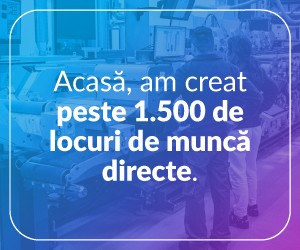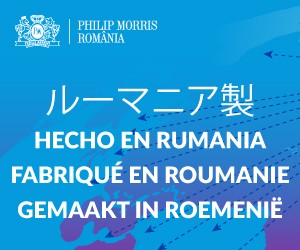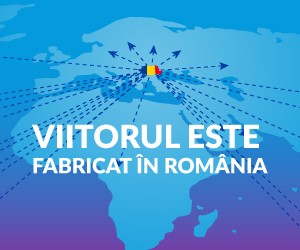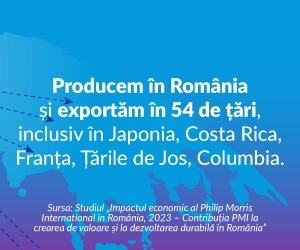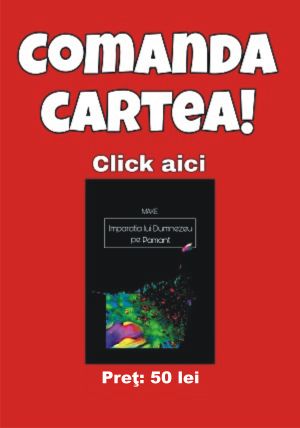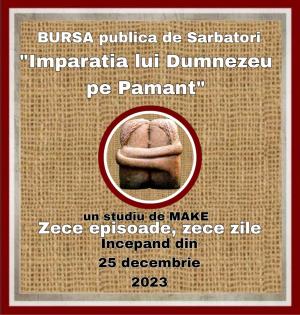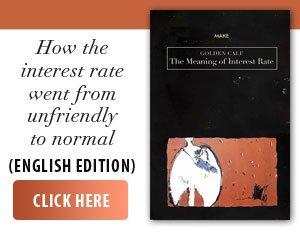The second round of the presidential elections on Sunday, May 18, finds Romanian society more divided than ever in the last 35 years. The most recent opinion polls give George Simion and Nicuşor Dan equal chances of winning the presidential elections (the AtlasIntel poll shows a perfect tie, 48.2% of the voting options for each candidate) or with a small lead of two or three percentage points for George Simion (according to the CURS and Avangarde polls). What is certain is that the future president of the country will have a difficult mission: reducing the differences between the two camps, more precisely exercising to the fullest the role of mediator, but not only that of mediator provided for by the Romanian Constitution - between the state authorities and civil society -, but also between the two major faults within the nation.
The continuation of our pro-European and transatlantic path or a stagnation combined with economic and political isolationism, which will return us to the situation before December 1989, will depend on how it succeeds or fails to channel the positive energies from the two faults of Romanian society.
So, in these days, the vote of the 19 million Romanian citizens in the country (17.9 million) and in the Diaspora (1.1 million) who are expected at the 18,979 polling stations opened in Romania and the 965 polling stations opened abroad, is more important than ever, as the further evolution of the nation depends on it. We note that in the second round of the presidential elections, Romanian citizens in the Diaspora can vote in three days - today (in New Zealand, voting started last night at 10 pm Romanian time), tomorrow and Sunday (until 9 pm Romanian time) and that in the country, citizens can vote in any locality they are in on voting day. If they are not in their locality of residence, they can vote in another locality on the additional lists.
Some compared the vote on May 18 with the second round of the presidential elections in 2000, when Ion Iliescu and Corneliu Vadim Tudor faced each other, and others with the second round of the presidential elections in 2004 between Adrian Năstase and Traian Băsescu. Neither of the two comparisons is valid. Why? In 2000, our country was not a member of either NATO or the European Union, and in 2004, both candidates in the second round of the presidential elections were pro-European (during the Adrian Năstase government, through the head of the neo-Nazi team Vasile Puşcaş, our country had concluded EU accession negotiations).
In 2025, we have on one side a pro-European candidate, Nicuşor Dan, and on the other side a candidate who wants a different type of Europe, dominated by sovereignty, mass mobilisation and concessions to the Russian Federation - George Simion. Although the choice would seem simple, as many political analysts, economists and even employers' organizations in our country claim, the situation is not at all like that because of the frustrations accumulated over the last 35 years by ordinary citizens, of whom over 4 million have gone abroad to make a better living, and those who remained have become increasingly dissatisfied with the lack of the necessary infrastructure in transportation, education, public utilities and health, although they have always contributed to the state budget, which has been larger year by year, but without real benefit for local communities.
What the rulers and the political class have failed to do with the taxes and duties of Romanians, the European Union manages to do through the funds it has allocated to us since 2007. The over 90 billion euros absorbed by Romania in the 18 years since accession are seen in the economy, in companies with Romanian capital, in entrepreneurship, in agriculture and SMEs, in local and national infrastructure and even in the pocket of each citizen if we look at the fact that in 2007 the Gross Domestic Product per capita in our country was 8360.3 dollars per year, so that in 2025 it would reach 21,421 dollars, and for 2030 it is estimated to reach 28,809 dollars, according to World Bank data and Statista estimates. Basically for 2025 compared to 2007 we have an increase in GDP per capita of 256%, and in 2030 compared to 2007 (the year of Romania's entry into the European Union) the increase will be close to 345%.
The proof of the positivity of our EU membership is evident through the prism of these dry figures, because mathematics leaves no room for any subjective interpretation, neither in the media, nor on Facebook, X, Instagram or TikTok.


